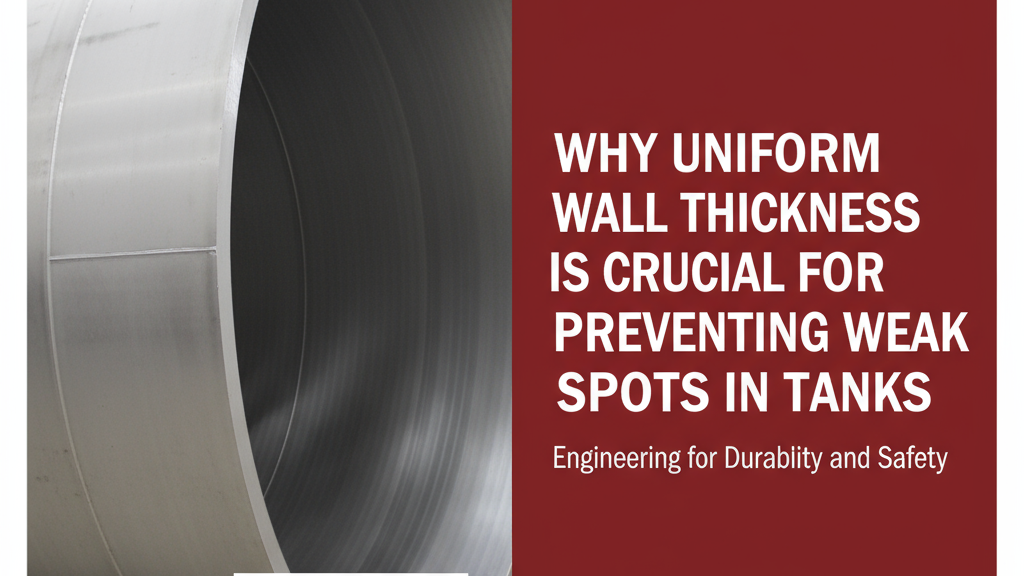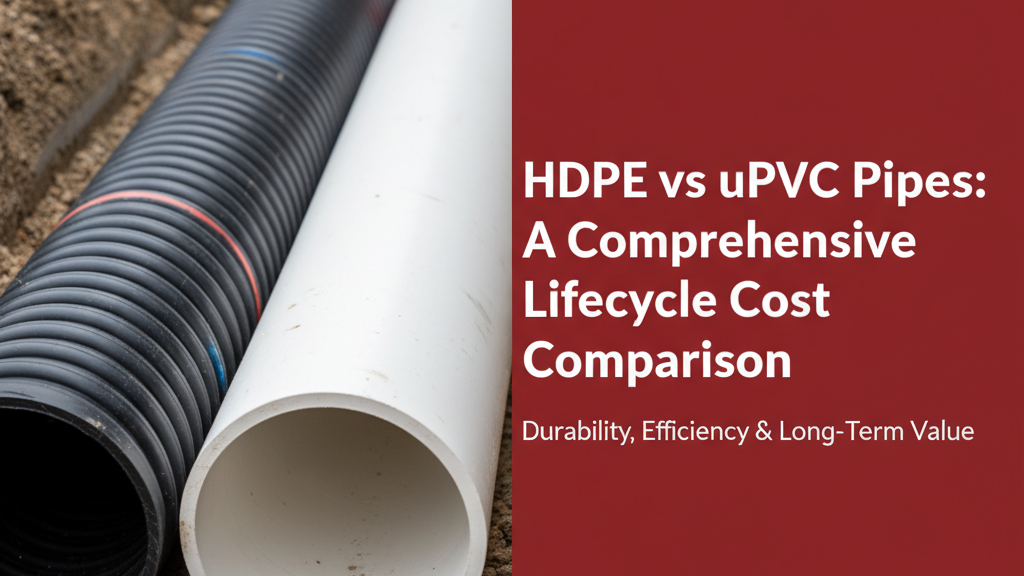Introduction to Tank Wall Thickness
In water tank manufacturing, wall thickness isn’t merely a specification—it’s a fundamental factor determining structural reliability. Whether storing potable water, chemicals, or industrial liquids, tanks with uneven wall thickness develop localised stress points that compromise their lifespan and safety.
How Uniform Wall Thickness Enhances Tank Strength
Consistent material distribution directly affects a tank’s ability to handle:
- Hydrostatic pressure: Water exerts approximately 9.81 kN/m³ pressure—uneven walls buckle under this constant force.
- Temperature fluctuations: Daily 15-20°C variations cause material expansion/contraction; inconsistent thickness leads to cracking.
- Seismic loads: Non-uniform walls amplify vibration stresses during earthquakes (common in Zones IV-V seismic areas).
ISI 12701:1989 mandates ±5% thickness tolerance for plastic water storage tanks—a standard often surpassed by rotational-moulded HDPE tanks.
The Science Behind Material Distribution
Material behaviour changes dramatically with thickness variations:
| Thickness Variation | Impact on Polyethylene (HDPE) Tanks |
|---|---|
| ±10% | Reduces impact resistance by 25-30% in thinner sections |
| ±15% | Increases oxidation rate in thicker sections due to uneven cooling |
| ±20% | Creates potential leak paths at thickness transition zones |
Common Issues Caused by Inconsistent Thickness
- Stress whitening: Visible micro-cracks appearing in thin-wall areas (often mistaken for surface stains).
- Differential expansion: Warped bases causing improper fitting on stands.
- Localised creep: Permanent deformation concentrated at weak points.
Manufacturing Techniques for Achieving Uniformity
Leading manufacturers employ:
- Rotational moulding: Slow rotation at 4-20 RPM ensures even polymer distribution.
- Real-time thickness monitoring: Ultrasonic sensors verify wall dimensions during production.
- Heat zoning: Precision ovens maintain consistent material viscosity.
Quality Control Measures for Tank Durability
Reputable facilities implement:
- Destructive testing of sample tanks every 500-unit batch.
- Spark testing for pinholes (applying 15 kV/mm voltage).
- Dimensional checks verifying thickness at 12+ reference points.
Case Studies: Failures Due to Non-Uniform Walls
A 2019 CPWD audit revealed:
- 63% premature failures traced to wall thickness below specification.
- Thickness variations exceeding 8% reduced average service life by 40%.
Best Practices for Maintaining Consistent Thickness
- Specify thickness tolerance limits in purchase orders (recommended: ±3%).
- Request mill test certificates showing actual thickness measurements.
- Conduct independent ultrasonic testing on delivery acceptance.
Conclusion: The Long-Term Benefits of Uniform Walls
Tanks with consistent wall thickness demonstrate superior performance throughout their 15-20 year lifespan—withstanding monsoon rains, summer heatwaves, and mechanical stresses while maintaining structural integrity. This manufacturing precision ultimately translates to lower maintenance costs and reliable water storage.




